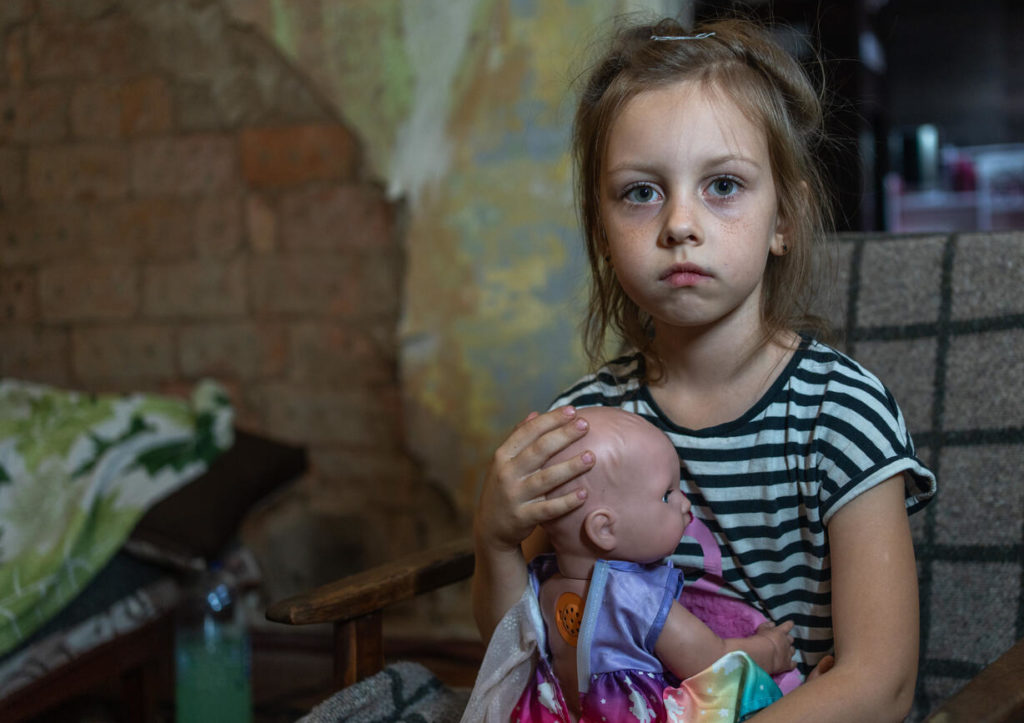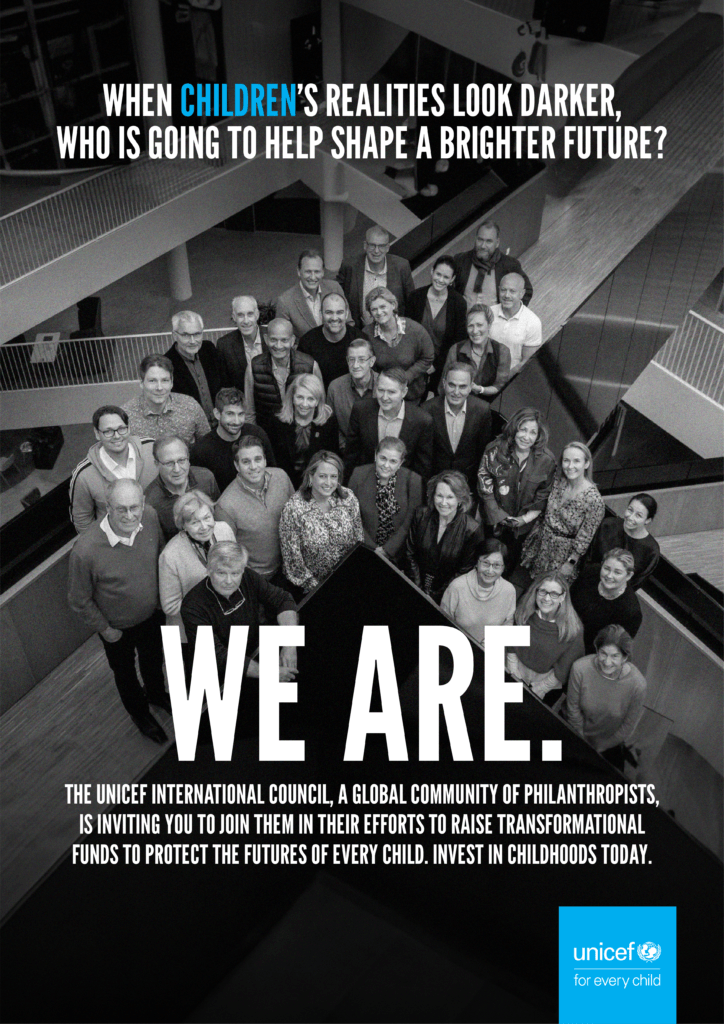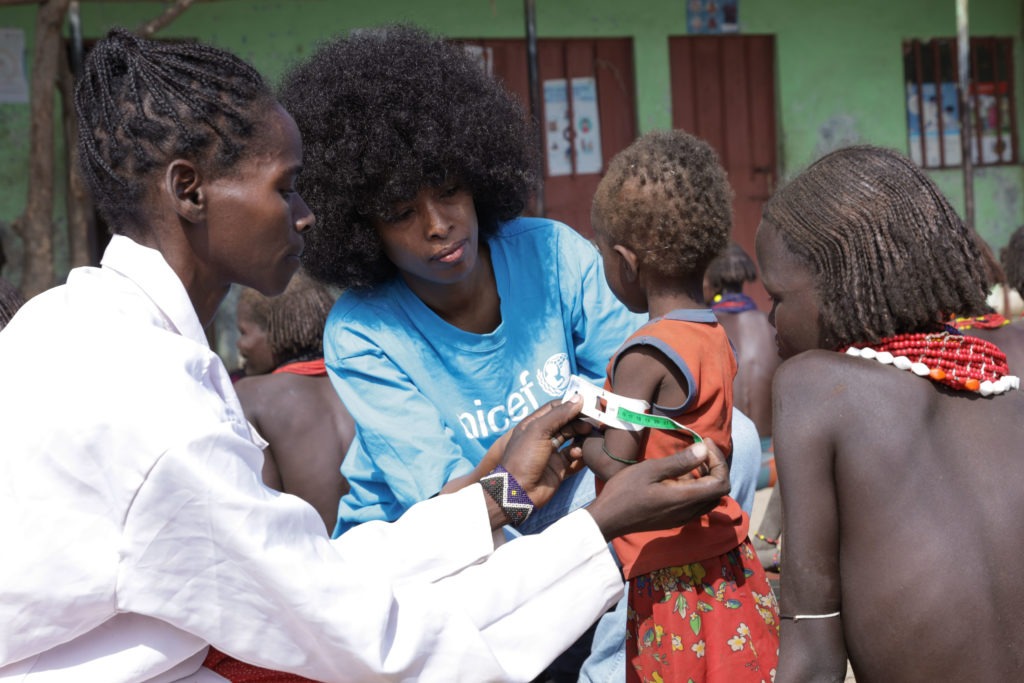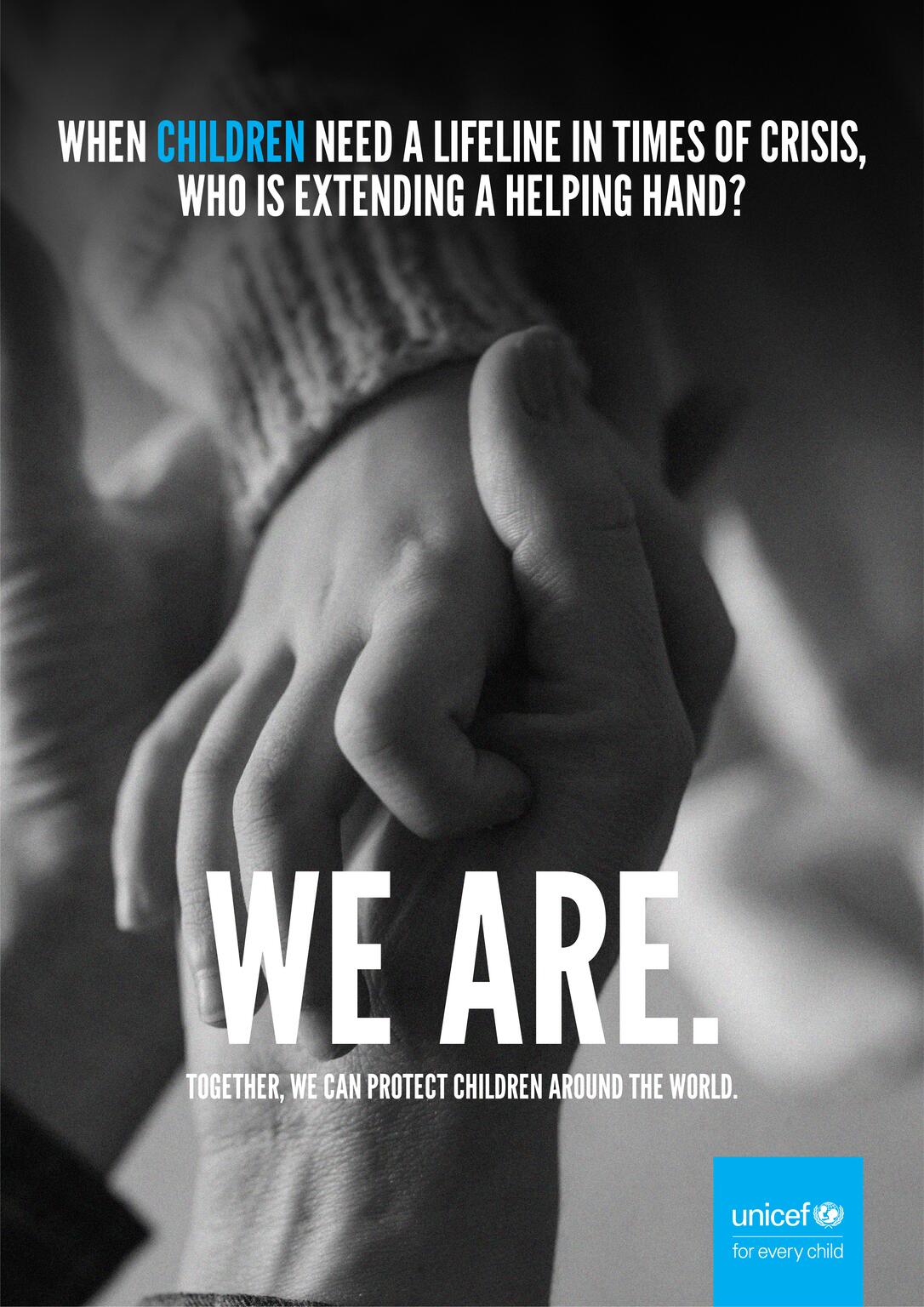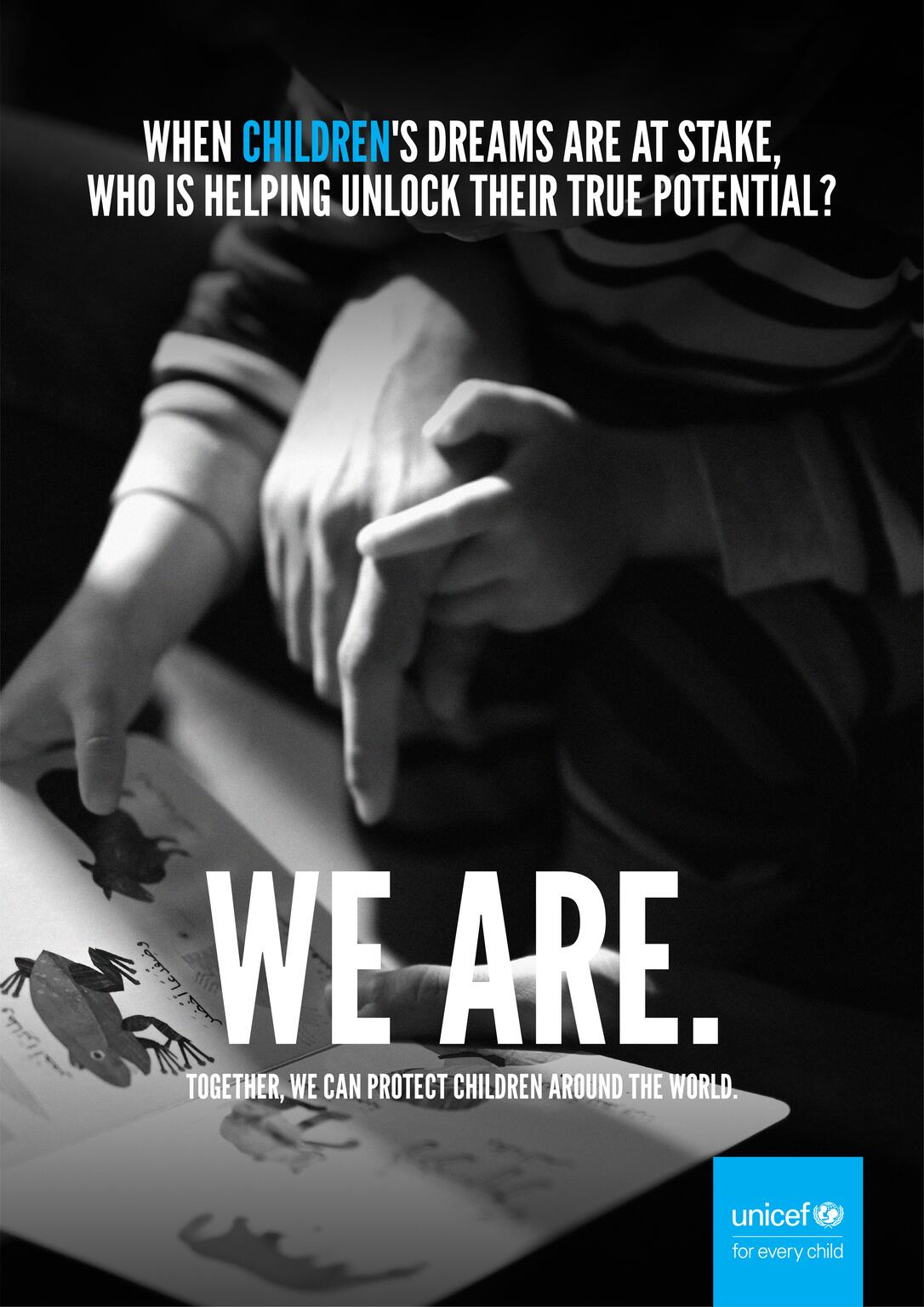Nearly 8 million more children in the world this year will reach their fifth birthday compared to 1990 – a 60% decline in child mortality.
UNICEF and partners have contributed to this remarkable achievement by improving maternal and child healthcare services and strengthening disease prevention in countries across the world. Today, a quarter of all births happen in UNICEF-supported health centres.
As the world’s largest vaccine supplier, UNICEF procures and distributes enough vaccines to immunise 45% of the world’s children.
In 2023, UNICEF supplied 2.8 billion vaccine doses to 105 countries, safely reducing the scourge of preventable diseases that keep children from walking, playing and learning. Through widespread immunisations, polio is on the brink of eradication.
With support from UNICEF and partners, more than a quarter of the world’s population gained access to safe and clean drinking water in the past two decades.
UNICEF leads coordinated emergency response efforts that keep children connected to safe water in roughly 85% of countries affected by crisis.
For more than two decades, UNICEF has procured up to 80% of the world’s ready-to-use therapeutic food (RUTF) to treat children suffering from severe malnutrition.
In 2023 alone, UNICEF and partners reached over 210 million children with nutrition services, including 9.3 million who required life-saving treatment.
Roughly half of the world’s primary-school-aged children were out of school in the early 1950s. Today, that’s dropped to 10%. And every year, 23 million more girls are completing secondary school compared to a decade ago.
UNICEF works with governments in more than 100 countries to keep children learning. Since 2021, we’ve supported over 25 million out-of-school children with access to education in a classroom, 30 million children with access to education through digital platforms, and nearly 60 million children with individual learning materials.
